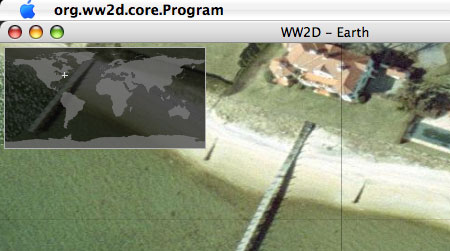As previously speculated, Google has begun adopting the Opera model for advertising (ironically a few weeks after Opera abandons it). Says Google, “Some users will see Google ads associated with search results and some Layers.” Meanwhile Google Earth Blog notices that the Google Earth Plus version has a option for turning ads off which is nonexistent from the free version.
In line with offering the option of ad-supported browsing or an enhanced fee-based version, the changelog also notes a “Google Earth Plus network performance increase.”
ESRI might want to reconsider its position — namely, David’s Maguire’s assertion that “Basically, the plan is that if we have to pay a lot of money for data/services then we will have to pass this on to users.” How about partnering with Yahoo’s or Microsoft’s search services instead, if ESRI is not planning to enter the search market itself? ESRI could thus fund their free version by letting Yahoo or MSN run their ads in ArcGIS Explorer-initiated searches.
[Update 21.11 UTC: This post has generated an interesting thread on Spatially Adjusted.]
